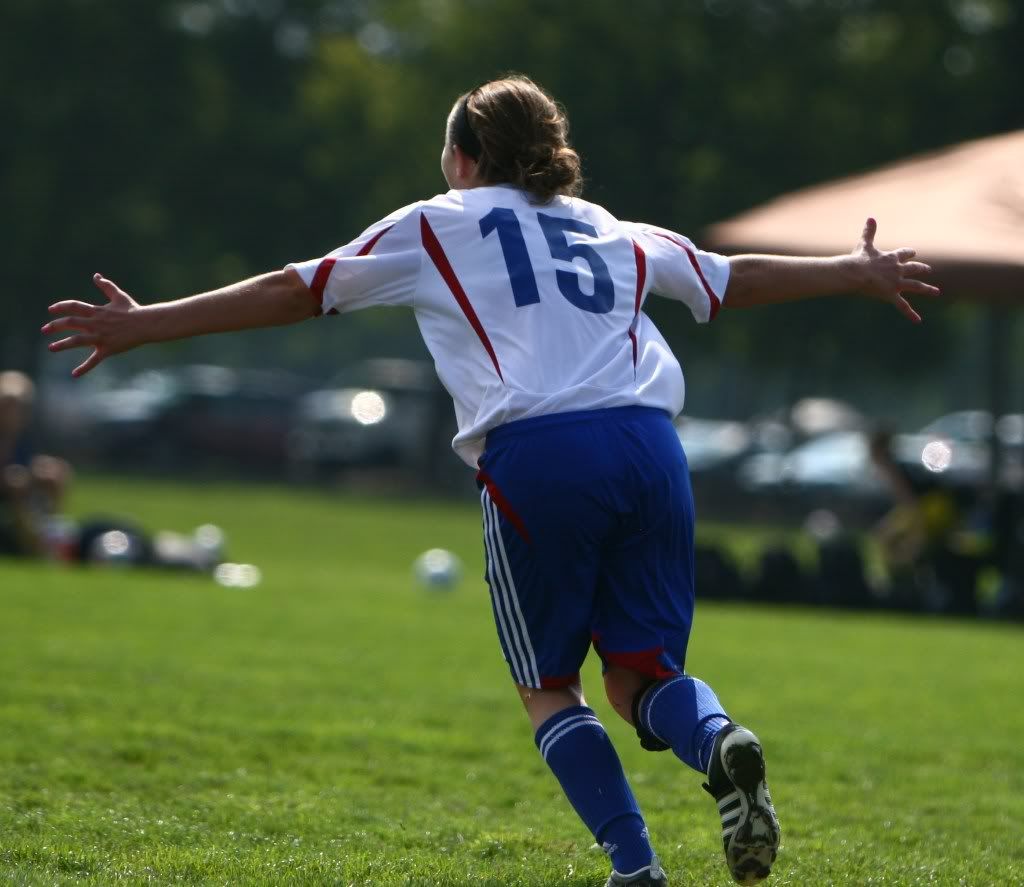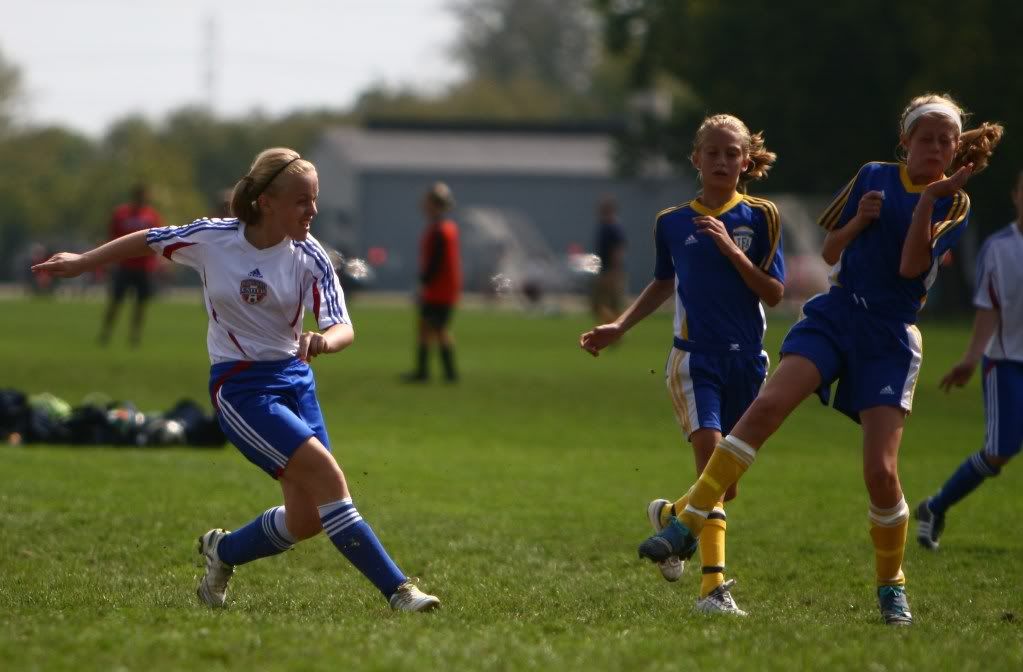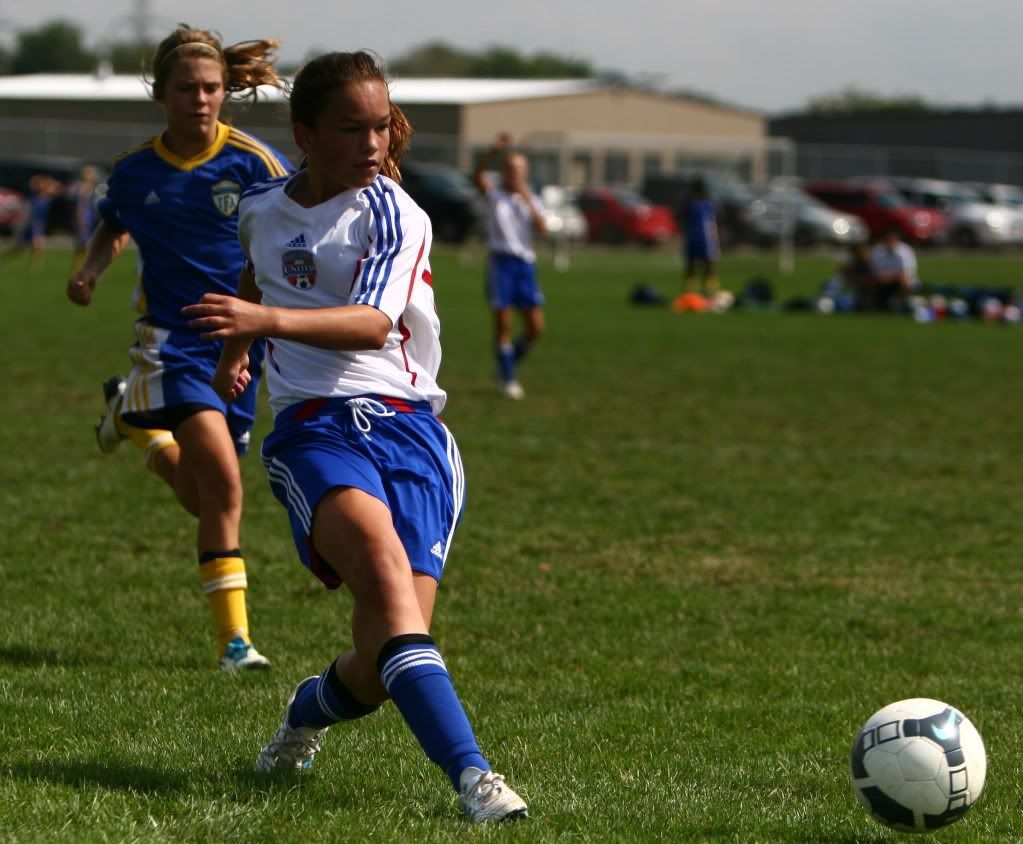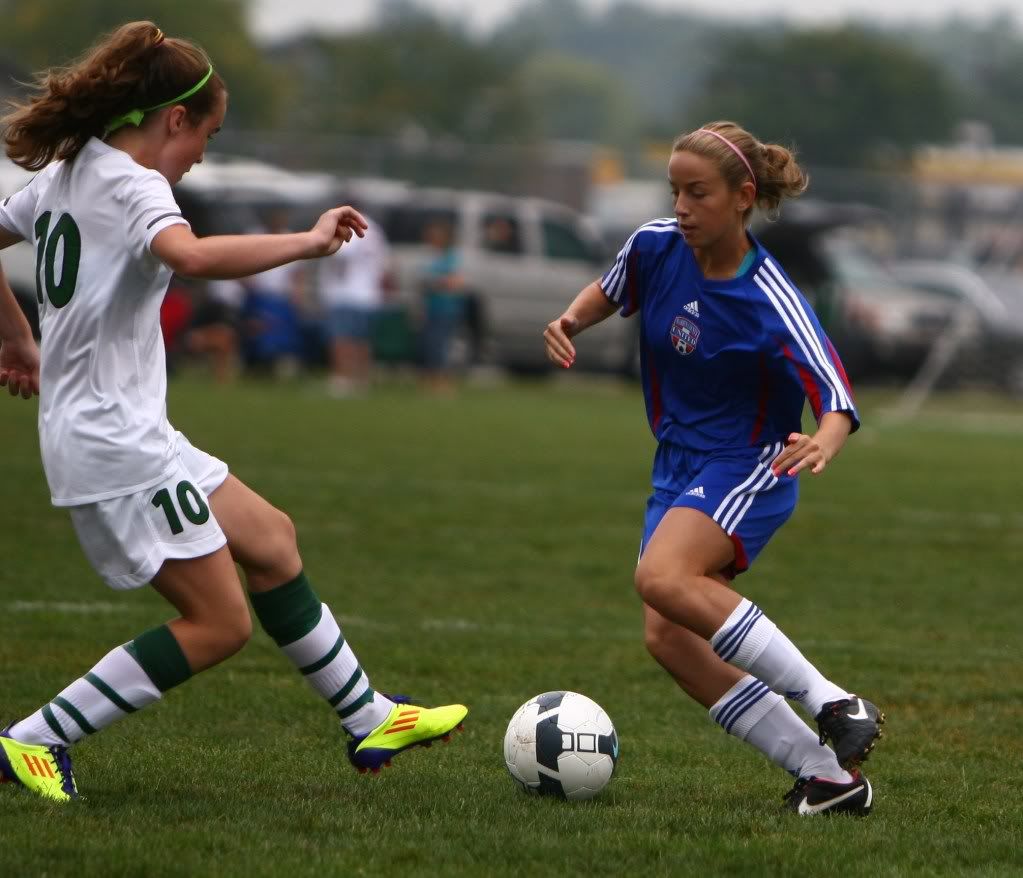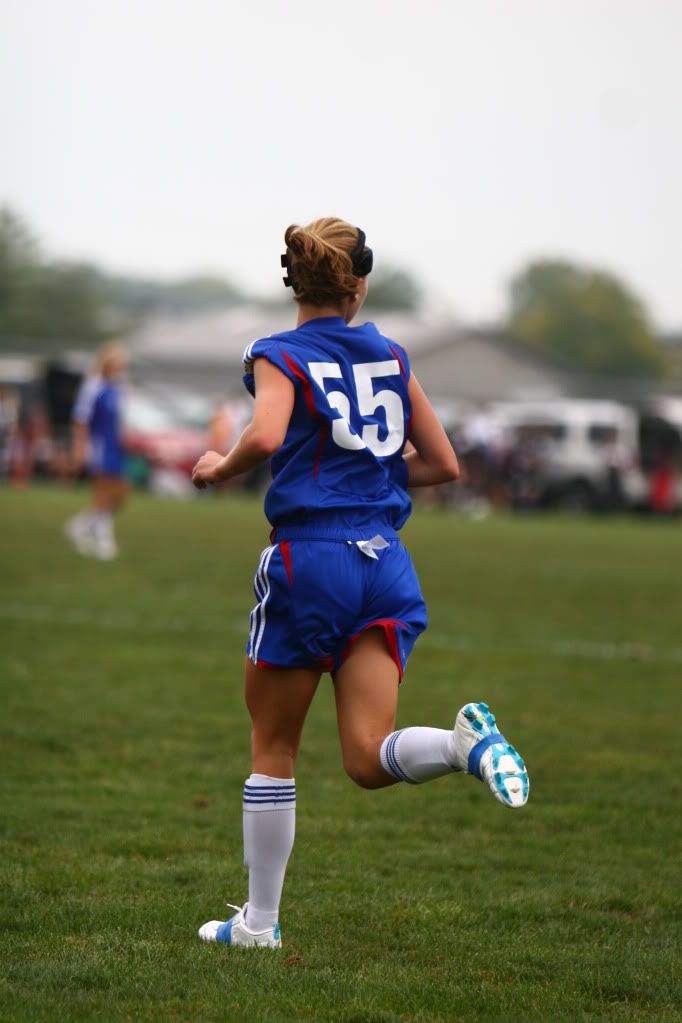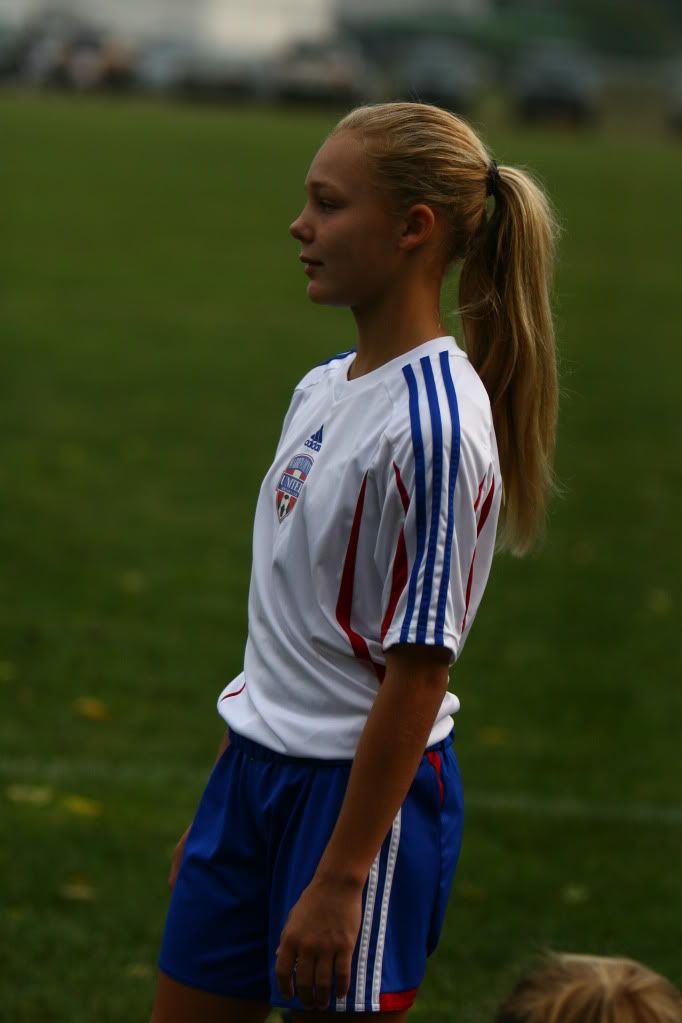Growing pains: Girls face challenge of the 'commotional' years
By Mike Woitalla
Age-appropriate coaching has been cited as extremely important in player development. The
Youth Soccer Insider begins a series on this topic with a look at the challenges faced by female players as they transition into their teen years by checking in with
Tad Bobak, one of the most experienced and successful girls coaches in American youth soccer.
Bobak, who served almost three years as U.S. U-15 girls national team coach, is currently in his fifth cycle of coaching a team from U-11 to U-18 at the So Cal Blues, an all-girls club in the soccer hotbed of Southern California. Bobak is also co-director of the Blues, which have won four U.S. Youth Soccer national titles and sent scores of players to the higher levels.
“These are very sensitive topics, because, to me, boys’ growth is different than girls',” says Bobak. “We’re talking about the mental and physical.”
Bobak defines the physical part as speed and strength.
“If they’re fortunate to keep the speed they had when they were young, that’s already a big success,” he says of girls moving into their teens. “In many cases, that speed does not move up through the years the way it does with guys. Many times the speed of females drops through the years, unlike guys.
“The physical strength of a player can increase through the years as the body evolves and gets more mature, but it can also decrease.”
The physical changes happen at different times for different girls, but in general, says Bobak, “Everything kind of comes together at about 14. It’s a very emotional process from 11, 12 and 13. Those are very commotional years on the soccer field, especially here in the States where there’s so much screaming, so much competition, so much [focus on] winning and so much hype wound up.
“It’s a storm and I feel for these kids to go through such pressures. Year in and year out, I see that continuously on the soccer field and it’s not a healthy arena for the girls because there’s so much pressure on them in competitive club soccer.
“If they are able to survive that and things are kind of kept in healthy way, then at 14 I kind of want to see them perform their best.”
But girls often struggle as their bodies change and Bobak has seen players who were dominant in their pre-teen years no longer make the impact on the game that they used to. The ones who manage to come through the difficult transition period are those who have a solid skill base and a high level of mental aggressiveness and competitiveness in them.
“If a player body-wise is light in her frame and gets knocked around a lot, but she still puts herself into 50-50 situations, even though she ends up on the ground, because she has aggressiveness – that player, when her body fills out, regains her productivity,” he says.
“But if from the beginning she’s a more passive player mentally, and she gets knocked around, the confidence level drops a lot where many times it cannot be regained.”
Bobak says that he’s come to the conclusion that mental aggressiveness can’t be taught.
“Thirty years ago, I found the girls needed to be more mentally aggressive in this competitive arena, so I used to work out drills where there’s a lot of 50-50 battles, a lot of physical confrontations, to bring out mental aggressiveness in the players,” he says. “I believed that I could extract that mental aggressiveness. But I found out in this 30-year process that I can’t draw mental aggressiveness if they don’t have that makeup.
“Now the ones who have it, I notice what I’m doing is I’m polishing what they have. But if they’re not able to have that aggressiveness, I’m not able to bring it out. I can’t polish something that doesn’t exist. I haven’t seen anything out there to bring it out.
“I can only keep aggressiveness going in a positive direction in the ones who have it.”
SKILL BASE IS KEY. Players who are technically sound can persevere when their athleticism lags.
“The key thing is the skill base,” Bobak says. “If they have good body form when they pass the ball, when they collect the ball, when they dribble the ball, when they shoot the ball – it might get shaky a bit during those tumultuous years but when everything catches up, when their bodies fill out – they regain in their impactfulness. The base is still there and that base can even be shined."
(Tad Bobak, the co-director of the So Cal Blues, was born in Rio de Janeiro in 1950. He spent the first 12 years of his life in Brazil and then lived in Europe for nine years before moving in 1971 to California, where he started his coaching career in AYSO in 1972. He started coaching club soccer in 1974 and helped start, along with Marine Cano, the Cal-South Girls Olympic Development Program in 1982. Bobak coached girls ODP for 18 years. He also coached women’s amateur adult club soccer for 15 years, winning a USASA national title in 2002. In 1979, he volunteered to be the L.A. Aztecs' equipment manager so he could observe legendary Dutch coach Rinus Michels train the likes of Johan Cruyff. In 1986, Bobak coached Fram-Culver, which included future Hall of Famer Marcelo Balboa, to the McGuire Cup boys U-19 national title. Bobak also had stints as a men’s assistant coach at UCLA and men’s assistant coach at Cal State L.A., as well as the head women’s coach at UC Santa Barbara. Bobak co-founded the So Cal Blues with Larry Draluck in 1990. Bobak won US Youth Soccer girls national titles in 2000 (U-16) and 2007 (U-15).)
See what others are saying on the Youth Soccer Insider blog.





